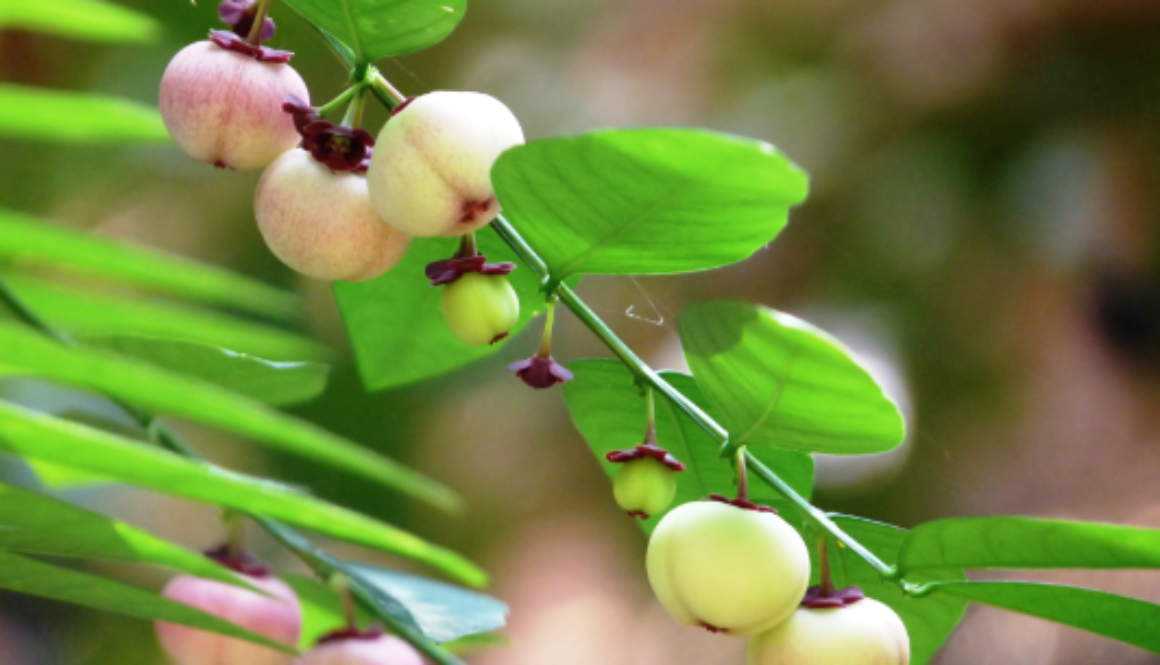Chekkurmanis
Chekkurmanis, scientifically known as Scirpus grossus, is a perennial grass-like plant native to wetlands and marshy areas in South and Southeast Asia. Also referred to as “Giant bulrush” or “Great club-rush,” chekkurmanis is recognized for its tall, slender stems and cylindrical flower heads. This versatile plant has been traditionally utilized for various purposes, including handicrafts, thatching, and culinary uses.
Part Used: The primary part of the chekkurmanis plant used is its stems, particularly the outer sheaths of the stem, which are fibrous and durable. These sheaths are harvested and processed to create handicrafts such as mats, baskets, and ropes. Additionally, the young shoots and flower heads of chekkurmanis are sometimes used in culinary preparations, adding texture and flavor to dishes.
Usage: Chekkurmanis stems are prized for their strength and flexibility, making them ideal for weaving into durable and aesthetically pleasing handicrafts. Mats made from chekkurmanis stems are commonly used as floor coverings, sleeping mats, and wall decorations in traditional households. Baskets woven from chekkurmanis fibers are used for storage, transportation, and as decorative items. In culinary applications, the tender shoots and flower heads of chekkurmanis are sometimes cooked and consumed as a nutritious vegetable or added to soups and stews for flavor and texture.
Agrotechniques: Cultivating chekkurmanis typically involves planting in marshy or wetland areas with fertile soil and ample water supply. The plant thrives in moist, waterlogged conditions and can tolerate partial shade. Chekkurmanis can be propagated from seeds or rhizome divisions, with planting usually done during the rainy season. Regular watering and occasional fertilization may be necessary to promote healthy growth and robust stems. Harvesting of chekkurmanis stems for handicrafts should be done when the stems are mature but still flexible, ensuring optimal quality for weaving and crafting purposes. Care should be taken to practice sustainable harvesting methods to preserve natural habitats and ensure the longevity of chekkurmanis populations.

